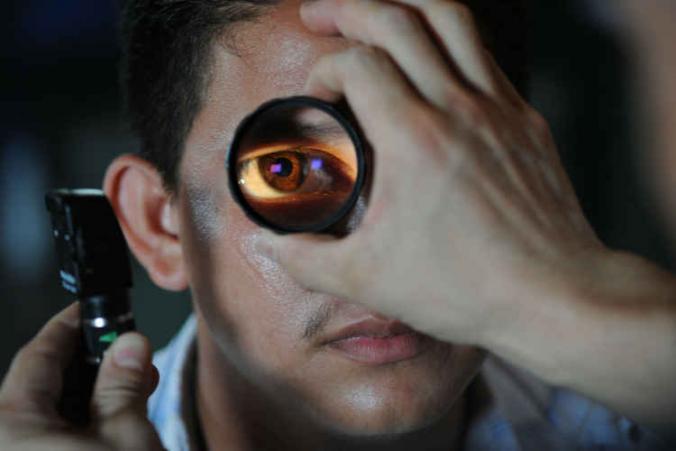In Washington State, the Department of Labor and Industries (L&I) if the claim administrator for a state-funded claim. For a self-insured employer claim, the administrator is typically a third-party administrator (TPA). In every workers’ compensation claim, the claim administrator makes many decisions. These decisions include whether to allow a claim, the claim accepted-conditions, treatment authorization, payments of benefits, and more. Some decisions are favorable to the person that suffered the work injury. But, some are not. Whenever a claim administrator makes an unfavorable decision that impacts work injury claimants’ right to benefits, the administrator must inform them about their protest or appeal rights. However, in reality, you can protest or appeal any written decision you disagree with.
Protest a decision in an L&I claim
It is common to file a protest for an L&I claim the first time a claim administrator makes an unfavorable decision. Here, for the protest to be valid, you must submit it to L&I within 60 days. At minimum, an L&I claim protest must be in writing and state what you disagree with. If L&I gets a protest, then they must issue another decision. In most cases, L&I will base its decision on preponderance of the evidence. Simply put, it means that after considering all the evidence, the decision should be what is more probably true than not.
If strong evidence supports the decision is wrong, then L&I may change or reverse the decision. Otherwise, L&I will issue a new decision affirming that the previous decision is correct. If you have a work injury claim and you disagree with the new decision, you may appeal to the Board of Industrial Insurance Appeals (BIIA).
Appealing a decision in my L&I claim
Like protests, you must file an appeal within 60 days. The BIIA website has instructions and an online form making filing an appeal very easy. In fact, the BIIA is a separate agency in Washington State. It employs Industrial Appeals Judges (IAJ) to help mediate and hear evidence to resolve disputes. In time, the burden of proof is on the appealing party as it must present evidence to show the decision is wrong. Therefore, it means the appealing party must present their evidence first.
To meet the burden of proof, the evidence must show the decision is more probably incorrect than correct. On top, the appealing party presents the evidence through witness testimony. Very frequently, people with a work injury claim ask me if they can submit medical or other records instead of testimony. Unfortunately, the appeal process does not permit it in most cases (if not all). The law and procedure require us to present the evidence through testimony. Consequently, it allow each party to ask the witness questions.
I disagree with L&I decision – do I need an attorney?
After a work injury, people with a workers’ compensation claim are not required to have an attorney to protest or appeal a decision. The term for those who don’t have an attorney is pro se, meaning they represent themselves. Practically speaking, protests are less challenging. Protests happen at the L&I level and it’s not uncommon to not involve a workers’ compensation attorney. However, appeals are more difficult. With BIIA, L&I always employs an attorney from the office of the Assistant Attorney General. Self-insured and other employers also usually have an attorney.
Before BIIA, civil rule of procedure or the Washington State Administrative Code governs most procedures and rules. Attorneys know how to follow these rules. They can be confusing or difficult for a pro se individual. Moreover, attorneys with relevant experience also know how to evaluate the evidence and present testimony. Therefore, it’s usually a good idea to have an L&I attorney for an appeal.
Important conclusions
One of the biggest mistakes I see is waiting too long to hire a workman’s comp attorney. Appeals to the BIIA follow strict timelines. Hence, the longer you wait to hire a workers’ comp attorney, the less time the attorney has to prepare. Furthermore, attorney calendars may already be booked, and they may be too busy to take your case.
In summary, work injury claimants can protest or appeal any written decision L&I makes in their claim. Remember, there is a 60-day time limitation for filing a protest or appeal. To change the decision, you will need evidence to show that the decision is wrong. Finally, if you have an L&I claim or a workers’ compensation claim and you are considering filing an appeal, then you should speak with an experienced L&I attorney sooner than later.


